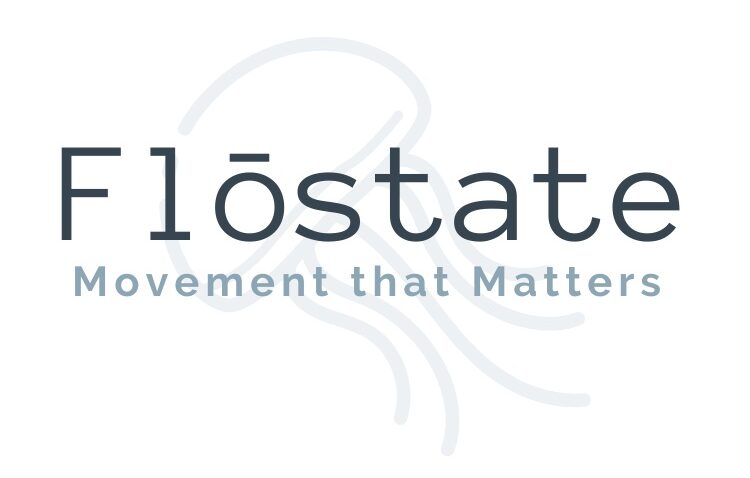Meditation. Many of you may already be deep into this practice and, dare I say, many more of you may be reluctant to try it – for any number of reasons. But meditation might just be ALL it’s cracked up to be…and more.
What if I said a few minutes a day is all you need to start reducing your stress and increasing feelings of well-being? Having a positive well-being is associated with being able to hold a state of positive emotion for a longer period of time and having more positive emotions in general. It’s finding yourself in a state where you are engaged, calm, and for the most part – happy. According to this article in INC. Magazine, “In other words, you feel good about what’s happening in your life, you feel a sense of connection to others around you and your life has meaning to you.”
Sounds pretty great, right? But can meditation help you get there?
What is Meditation?
Meditation can take on many forms, but it helps to think of it simply as a technique for learning how to redirect your attention to achieve a state of calm, relaxation and focus. Here, you are able to be present and align with the current state of feeling in your mind and body. Without distractions or worry of past and present, our mind is able to “let go” and just be. We aim to be mindful of what is happening without attaching judgment.
Attention and acceptance are two main parts of the popular “mindfulness” style of meditation (like Flostate’s meditations), and are often achieved through a focus on our breath, the feelings we are experiencing, any sensations in our body and the adoption of a positive mantra or message. This is, however, easier said than done, and why meditation (not unlike yoga) is considered a “practice”. It takes time and practice to be able to arrive in this state of calm concentration in the present moment. But it’s worth it.
Meditation Benefits
Meditation has many benefits that can have a positive effect on the well-being of the whole person – mind and body. According to a Scientific Reports article, large percentages of respondents reported that meditation helped to reduce stress or to aid relaxation (89.4%), to feel better emotionally (86.9%), to improve overall health and make them feel better (79.0%) and/or to sleep better (69.3%) Adults who used mindfulness meditation self-reported positive outcomes more frequently when compared to adults who used mantra or spiritual meditation practices.
Psychologists have found that mindfulness meditation actually changes our brain and biology in positive ways, improving mental and physical health. How? Meditation is shown to thicken the prefrontal cortex. This brain center manages higher order brain function, like increased awareness, concentration, and decision making. Meditation also helps increase the efficiency of brain pathways that process information coming in from the senses, and boosts the ability of the brain to direct attention down to the information of interest (aka helps participants focus without distraction).
“Meditation is a cognitive technique that improves a person’s mind, body, and soul. Psychological aspects, like insight, attention, reflection, and self-regulation are deepened,” says Dr. Deborah Serani, professor at Adelphi University in New York. “Meditation can also increase physical experiences, such as increase relaxation, fortify healing, recovery and a stronger immune response, as well as decrease pain, anxiety, stress, depression and blood pressure,” adds Serani.
Also to note, by helping us calm down and focus, meditation deactivates our sympathetic nervous system (our “fight or flight” response), and switches on our parasympathetic system (“rest and digest” response). This is a huge benefit for us given the high-stress, overly-scheduled, fast-moving world that we live in.
All of these benefits contribute strongly to an improved overall sense of well-being. In fact, there really aren’t any downsides or risks to a mindfulness practice! So why not open your mind and your heart to trying it out? P.S. It doesn’t have to take a long time and you can do it anywhere.
Meditate with Flostate!
Flostate now has three 10-minute meditation sessions in our on-demand library and will soon be adding more. Make meditation a part of your daily or weekly routine, and we know you’ll start to realize the benefits! View Meditation classes on-demand at www.theflostate.com/on-demand. Sign up for a live class www.theflostate.com/schedule.
References:
- https://www.apa.org/topics/mindfulness/meditation
- https://psychcentral.com/blog/surprising-health-benefits-of-mindfulness-meditation
- https://www.sciencedirect.com/science/article/abs/pii/S0272735813000731?via%3Dihub
- https://www.ncbi.nlm.nih.gov/pmc/articles/PMC5103185/
- https://www.nature.com/srep/about
